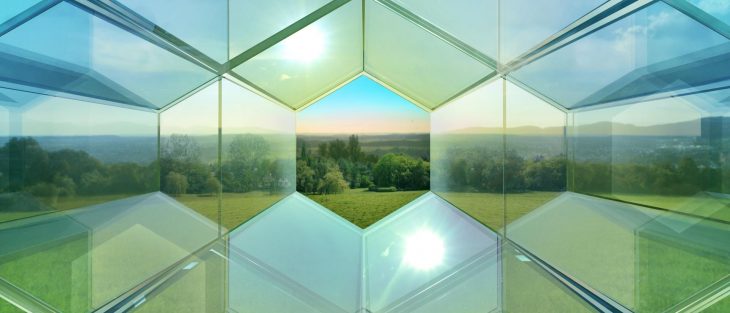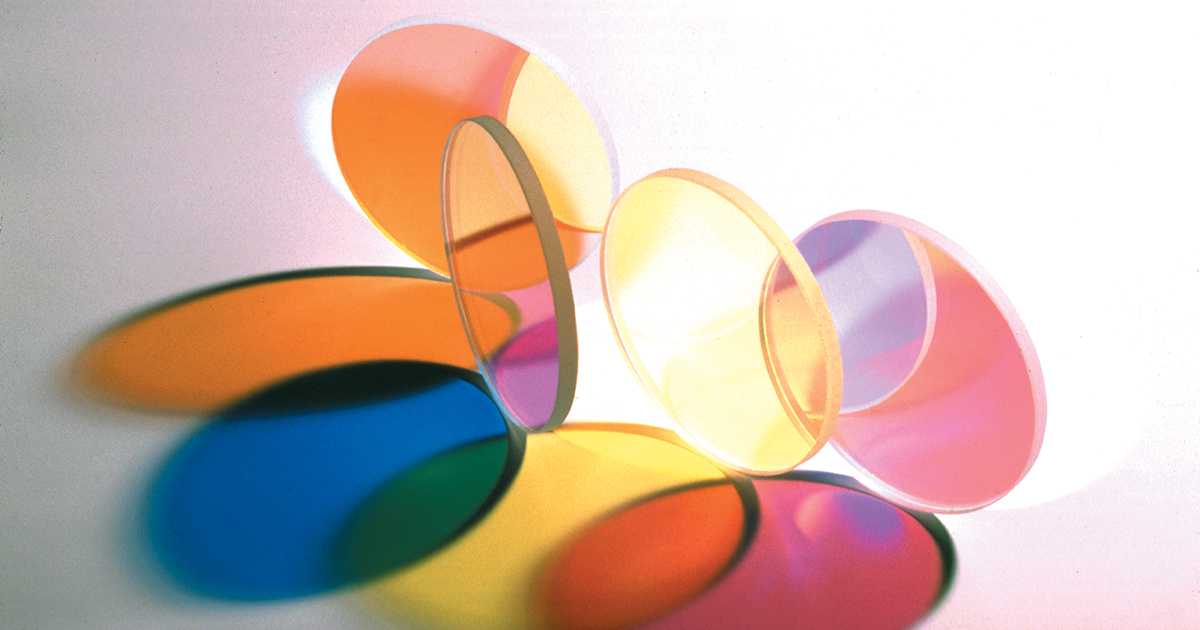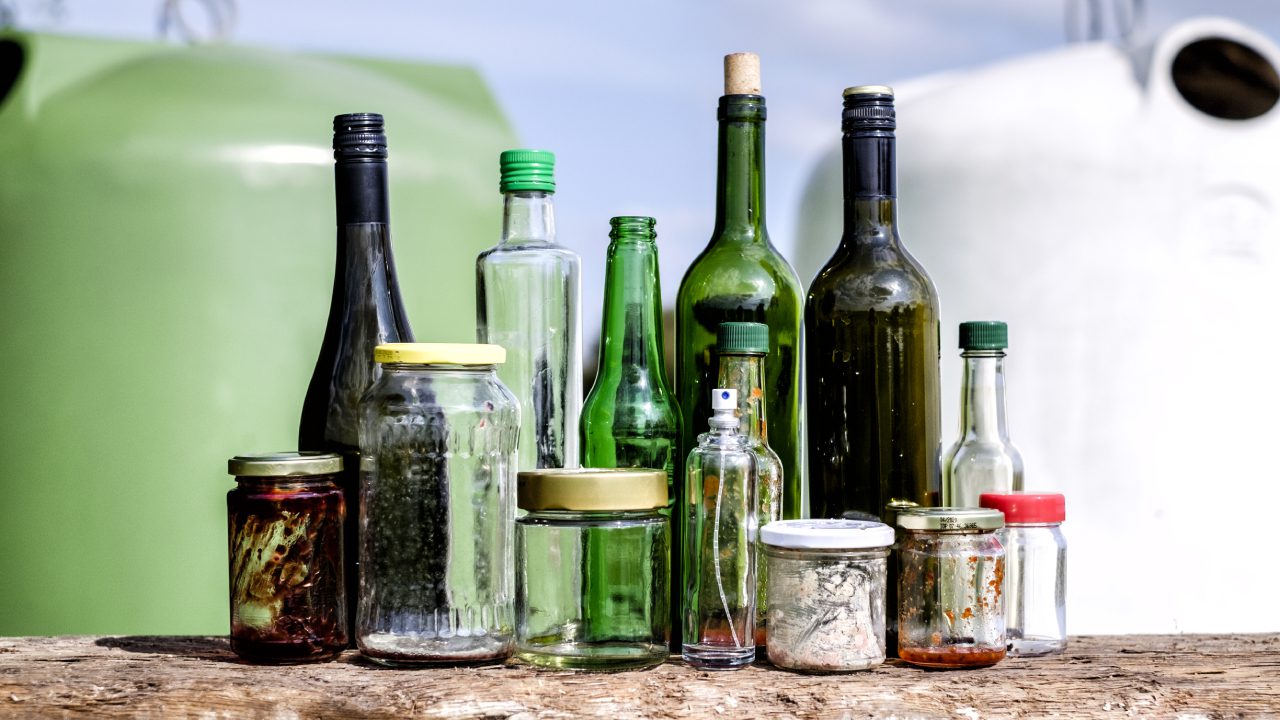
Glass is a fascinating material that has been used by humans for thousands of years. From its early discovery to its modern-day applications, glass has played a crucial role in various aspects of our lives. In this article, we will explore 19 intriguing facts about glass, shedding light on its history, properties, and diverse uses.
Glass: A Window into the Past
Glass has a rich history that dates back to ancient times. The origins of glass can be traced back to Mesopotamia around 3500 BCE, when the earliest known glass objects were created. These objects were primarily decorative, such as beads and small vessels, and were made by mixing sand, soda, and lime.
The Art of Glassblowing
One of the most significant advancements in glass production was the invention of glassblowing. This technique revolutionized the industry by allowing artisans to shape molten glass into various forms. Glassblowing was first developed in the 1st century BCE by the Phoenicians, and its techniques are still used today by skilled artisans around the world.
The Remarkable Transparency of Glass
One of the defining characteristics of glass is its transparency. Unlike many other materials, glass allows light to pass through it with minimal distortion. This unique property is due to the absence of crystalline structure in glass, allowing it to transmit light and create a clear view of the world beyond.

The Many Faces of Glass
The glass comes in a wide range of forms and compositions, each with its own distinct properties. Some common types of glass include soda-lime glass, borosilicate glass, tempered glass, and laminated glass. Each type has specific uses and characteristics that make it suitable for different applications.
The Impact of Glass on Architecture
Glass has had a profound impact on architecture, transforming the way buildings are designed. The development of large-scale glass manufacturing techniques in the 19th century led to the creation of iconic structures such as the Crystal Palace in London. Today, glass is widely used in modern architecture to create sleek facades, expansive windows, and innovative designs.
Glass: A Material with Outstanding Versatility
Glass is an incredibly versatile material that finds its way into numerous industries. It is used in the manufacturing of everyday objects like bottles, windows, and mirrors, as well as in specialized fields such as electronics, optics, and fiber optics. Its adaptability and unique properties make it an indispensable material in many applications.
The Diverse Applications of Fiberglass
Fiberglass is a type of glass-reinforced plastic that is widely used in various industries. It is composed of fine glass fibers embedded in a polymer matrix, resulting in a lightweight yet strong material. Fiberglass is commonly used in the construction of boats, automobile bodies, and aircraft, thanks to its excellent strength-to-weight ratio.

Glass: A Sustainable Material
Glass is considered a sustainable material due to its recyclability. It can be recycled endlessly without losing its quality or purity, making it an environmentally friendly choice. By recycling glass, we can reduce the demand for raw materials and minimize waste accumulation in landfills.
The Mystique of Stained Glass
Stained glass is a form of decorative glass that has captivated people for centuries. It gained prominence in medieval Europe, where it adorned the windows of churches and cathedrals. Stained glass is created by adding metallic salts to molten glass, producing vibrant colors and intricate designs when the glass solidifies.
Glass as a Scientific Tool
Glass plays a crucial role in scientific research and experimentation. It is used in the manufacturing of laboratory equipment like beakers, test tubes, and Petri dishes. The transparency and inert nature of glass make it an ideal material for containing and observing chemical reactions and biological samples.
The Durability of Tempered Glass
Tempered glass is a type of safety glass that is highly resistant to impact and thermal stress. It is made by heating ordinary glass to a high temperature and then rapidly cooling it. This process creates internal stresses that give tempered glass its strength. It is commonly used in car windows, shower doors, and mobile phone screens.
The Magnificent Murano Glass
Murano Glass is renowned for its exceptional craftsmanship and intricate designs. It originated on the island of Murano in Venice, Italy, and has a history spanning over 700 years. Murano glass artisans employ traditional techniques to create stunning glassware, including vases, chandeliers, and decorative sculptures.
Glass Recycling: A Step Towards Sustainability
Glass recycling is an essential aspect of waste management and sustainability efforts. When glass is recycled, it is crushed into a cullet, which can then be used to manufacture new glass products. This process reduces the consumption of raw materials and saves energy that would otherwise be required to produce glass from scratch.

The Reflective Magic of Mirrors
Mirrors have been used for centuries to reflect and enhance our surroundings. They are made by applying a reflective coating, usually made of aluminum or silver, to one side of a glass pane. The smooth surface of the glass allows light to bounce off it at the same angle, resulting in a clear reflection.
The Intriguing Concept of Fiber Optics
Fiber optics is a technology that relies on the transmission of light through thin strands of glass or plastic fibers. It has revolutionized communication systems, enabling the rapid transmission of data over long distances. Fiber optic cables are used extensively in telecommunications, internet connectivity, and medical imaging.
Glass: A Window to the Stars
Telescopes and observatories heavily rely on glass optics to capture and magnify the wonders of the universe. The lenses and mirrors used in telescopes are often made of high-quality glass to ensure optimal clarity and minimal distortion. Thanks to glass optics, astronomers can study celestial objects with remarkable precision.
The Fascinating World of Glass Art
Glass art combines technical skill and artistic expression to create stunning works of art. Artists employ various techniques, such as glassblowing, fusing, and slumping, to shape and manipulate glass into intricate sculptures, vases, and installations. The interplay of light and color in glass art creates a mesmerizing visual experience.
Glass in the World of Electronics
Glass has found its way into the electronics industry in the form of display screens and optical fibers. Liquid crystal displays (LCDs) and organic light-emitting diode (OLED) screens, commonly used in televisions, smartphones, and computers, rely on thin glass substrates to provide a clear and durable surface.
Glass Innovations: Advancing the Future
Glass continues to inspire innovation and push the boundaries of what is possible. Researchers and engineers are constantly developing new types of glass with enhanced properties, such as stronger and more flexible compositions. These advancements open doors to exciting applications in fields like renewable energy, medicine, and transportation.
Conclusion
Glass, with its rich history, remarkable properties, and diverse uses, is a material that has shaped our world in profound ways. From its ancient origins to its modern-day innovations, glass has captured our imagination and transformed industries. Its transparency, versatility, and recyclability make it a sustainable choice for various applications. Whether it’s in architecture, art, or science, glass continues to captivate us with its beauty and functionality.
Frequently Asked Questions (FAQs)
Is glass a solid or a liquid?
Glass is often referred to as a “supercooled liquid” due to its amorphous structure. However, it is technically classified as an amorphous solid. Unlike crystalline solids, glass lacks a regular and repeating atomic structure.
Can glass break under extreme temperatures?
Yes, glass can break under extreme temperature changes. Rapid heating or cooling can cause uneven expansion or contraction, leading to thermal stress and potential breakage. However, tempered glass is specifically designed to withstand thermal stress better than regular glass.
What is the primary ingredient in glass?
Silica, also known as silicon dioxide, is the main ingredient in glass. It is obtained from sand and is combined with other materials, such as soda ash and limestone, to lower the melting point and improve the glass’s properties.
Can glass be recycled indefinitely?
Yes, glass can be recycled indefinitely without any loss in quality. Recycling glass helps conserve resources, reduce energy consumption, and minimize waste sent to landfills. It’s important to separate glass by color (clear, green, brown) during recycling to maintain purity.
What is safety glass?
Safety glass is a type of glass that is designed to minimize the risk of injury when it breaks. Tempered glass and laminated glass are commonly used as safety glasses. Tempered glass shatters into small, relatively harmless pieces when broken, while the laminated glass remains intact even when shattered.
Was this page helpful?
Our commitment to delivering trustworthy and engaging content is at the heart of what we do. Each fact on our site is contributed by real users like you, bringing a wealth of diverse insights and information. To ensure the highest standards of accuracy and reliability, our dedicated editors meticulously review each submission. This process guarantees that the facts we share are not only fascinating but also credible. Trust in our commitment to quality and authenticity as you explore and learn with us.
